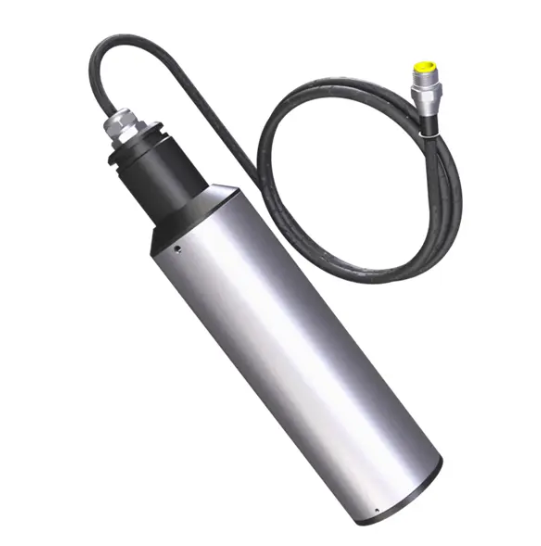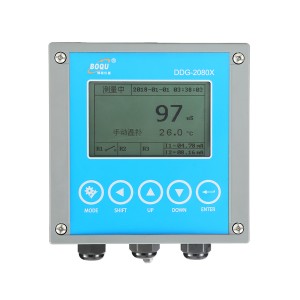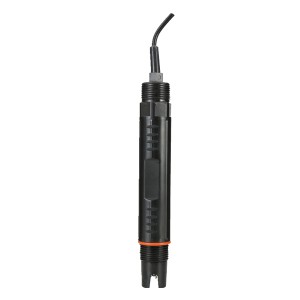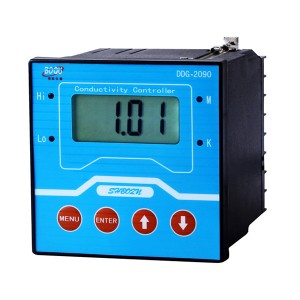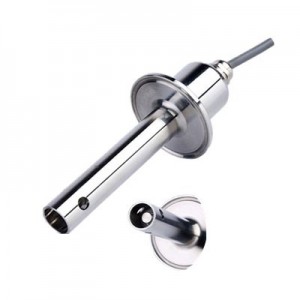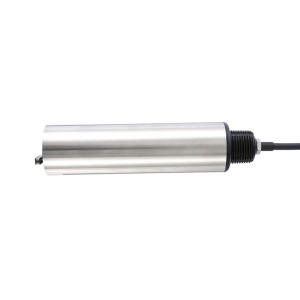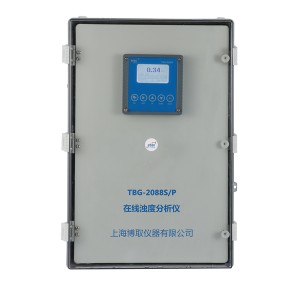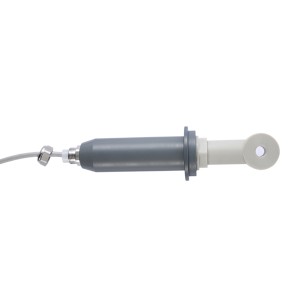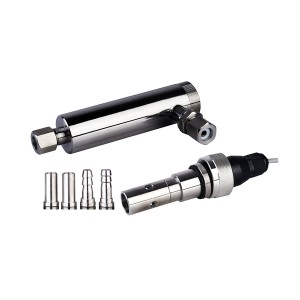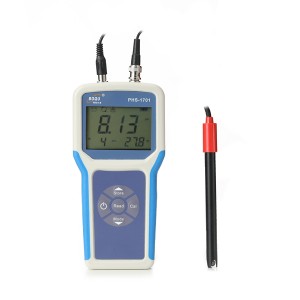In the world of pipeline monitoring, accurate and efficient data collection is vital to ensure the safe and reliable transportation of fluids. One key aspect of this process is measuring turbidity, which refers to the clarity of a liquid and the presence of suspended particles.
In this blog post, we will explore the importance of turbidity sensors in pipeline monitoring and how they contribute to maintaining operational efficiency. Join us as we dive deeper into the world of turbidity sensors and their role in ensuring seamless pipeline operations.
Understanding Turbidity Sensors
What Are Turbidity Sensors?
Turbidity sensors are devices designed to measure the amount of suspended particles or solids in a liquid. They utilize various technologies, such as nephelometry or light scattering, to determine the turbidity levels accurately. By measuring turbidity, these sensors provide valuable insights into the quality and clarity of liquids flowing through pipelines.
Importance of Turbidity Monitoring
Turbidity monitoring plays a crucial role in pipeline operations for several reasons.
- Firstly, it helps in assessing the overall water quality, which is especially important in industries like water treatment, wastewater management, and oil and gas.
- Additionally, turbidity sensors help identify changes in turbidity levels, indicating potential issues such as leaks, contamination, or blockages within the pipeline system.
- Lastly, they can be used to track the progress of water treatment processes, allowing engineers to optimize the treatment process based on changes in turbidity levels.
Applications Of Turbidity Sensors In Pipeline Monitoring:
- Water Treatment Plants
In water treatment plants, turbidity sensors are employed to monitor the quality of incoming water sources. By continuously measuring the turbidity levels, operators can ensure that the water meets regulatory standards and identify any variations that might indicate issues with the supply or treatment processes.
- Wastewater Management
Turbidity sensors are essential in wastewater management facilities to monitor the effectiveness of treatment processes. By measuring turbidity levels before and after treatment, operators can assess the efficiency of their systems and identify any deviations that require attention, ensuring the safety of discharged water into the environment.
- Oil and Gas Pipelines
Turbidity sensors find extensive use in the oil and gas industry for monitoring the clarity of various fluids, including crude oil and produced water. By continuously monitoring turbidity levels, operators can detect any changes that might indicate pipeline corrosion, sediment buildup, or the presence of contaminants.
Early detection of such issues allows for timely maintenance and prevents potential disruptions or environmental hazards.
Benefits Of Turbidity Sensors In Pipeline Monitoring:
Turbidity sensors provide a continuous monitoring solution that allows pipeline operators to detect issues as they develop. This can reduce the risk of leaks and other problems that could lead to costly repairs or even pipeline shutdowns.
Early Detection of Contamination
Turbidity sensors provide real-time monitoring of pipeline fluids, enabling early detection of any contamination events. By promptly identifying changes in turbidity levels, operators can take immediate action to prevent the further spread of contaminants, protecting the integrity of the pipeline and ensuring the delivery of clean and safe fluids.
Optimizing Maintenance Schedules
By continuously monitoring turbidity levels, operators can develop predictive maintenance schedules based on the rate of particle accumulation or changes in turbidity. This proactive approach allows for targeted maintenance interventions, reducing downtime and optimizing operational efficiency.
Enhanced System Efficiency
Turbidity sensors contribute to overall system efficiency by providing accurate data on particle concentration. This information allows operators to adjust flow rates, optimize treatment processes, and minimize energy consumption, resulting in cost savings and improved performance.
Choosing The Right Turbidity Sensor:
Selecting the right turbidity sensor for your application requires careful consideration of several factors, including:
Considerations for Selection
When choosing a turbidity sensor for pipeline monitoring, several factors come into play. These include the required measurement range, the sensitivity of the sensor, compatibility with the fluid being monitored, ease of installation and maintenance, and integration with existing monitoring systems.
Integration with Monitoring Systems
Turbidity sensors should seamlessly integrate with existing monitoring systems, allowing for easy data acquisition, visualization, and analysis. Compatibility with data management platforms and the ability to transmit real-time data are essential features to consider when selecting a turbidity sensor.
The most simple and direct way is to find a reliable professional manufacturer to obtain specific and targeted solutions. Let me introduce you to the turbidity sensor from BOQU.
BOQU’s Turbidity Sensors For Efficient Pipeline Monitoring:
BOQU’s IoT Digital Turbidity Sensor ZDYG-2088-01QX is a sensor based on ISO7027 and using infrared double scattering light technology.
It improves detection efficiency in water quality testing in many factories, for example, a Waste water Treatment Plant from Indonesia used this product in the water quality testing program and achieved good results.
Here is a brief introduction to the function of this product and why you choose it:
Scattered Light Principle for Accurate Detection
The ZDYG-2088-01QX Turbidity sensor from BOQU is designed based on the infrared absorption scattered light method, utilizing ISO7027 principles. This advanced technology ensures continuous and precise measurement of suspended solids and sludge concentration.
Unlike traditional methods, the infrared double scattering light technology used in this sensor is not affected by chroma, guaranteeing accurate readings.
Automatic Cleaning System for Enhanced Reliability
To ensure data stability and reliable performance, the ZDYG-2088-01QX sensor offers an optional self-cleaning function. This feature is particularly useful in challenging environments.
By preventing the buildup of particles on the sensor surface, the automatic cleaning system maintains the integrity of the measurements and reduces the need for frequent maintenance.
High Precision and Easy Installation
The digital suspended solid sensor of the ZDYG-2088-01QX delivers high-precision water quality data. The sensor is easy to install and calibrate, simplifying the setup process. It incorporates a built-in self-diagnosis function, allowing for efficient monitoring and troubleshooting.
Durable Design for Various Conditions
The ZDYG-2088-01QX sensor is designed to withstand demanding conditions. With an IP68/NEMA6P waterproof rating, it can operate reliably even in harsh environments.
The sensor has a wide pressure range of ≤0.4Mpa and can handle flow velocities of up to 2.5m/s (8.2ft/s). It is also designed to endure a temperature range of -15 to 65°C for storage and 0 to 45°C for the operating environment.
Final words:
Turbidity sensors play a vital role in efficient pipeline monitoring by providing accurate and timely information about the clarity and quality of fluids. Their applications range from water treatment plants to wastewater management facilities and oil and gas pipelines.
Choosing the right turbidity sensor from BOQU is a smart idea. With the right sensor in place, pipeline operators can clear the path to smooth and reliable operations, minimizing risks and maximizing productivity.
Post time: Jun-14-2023

